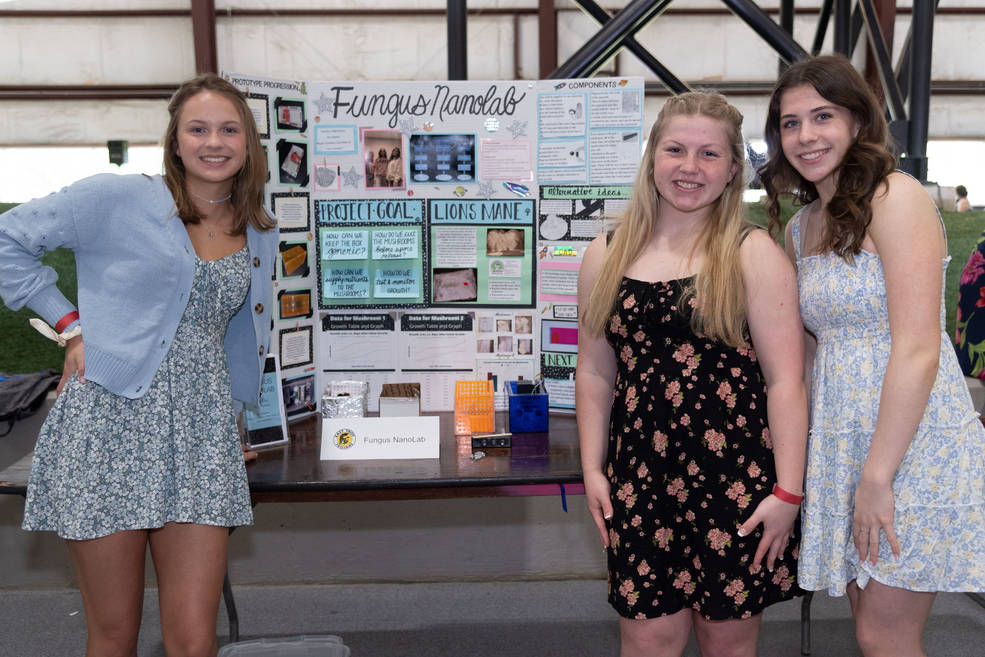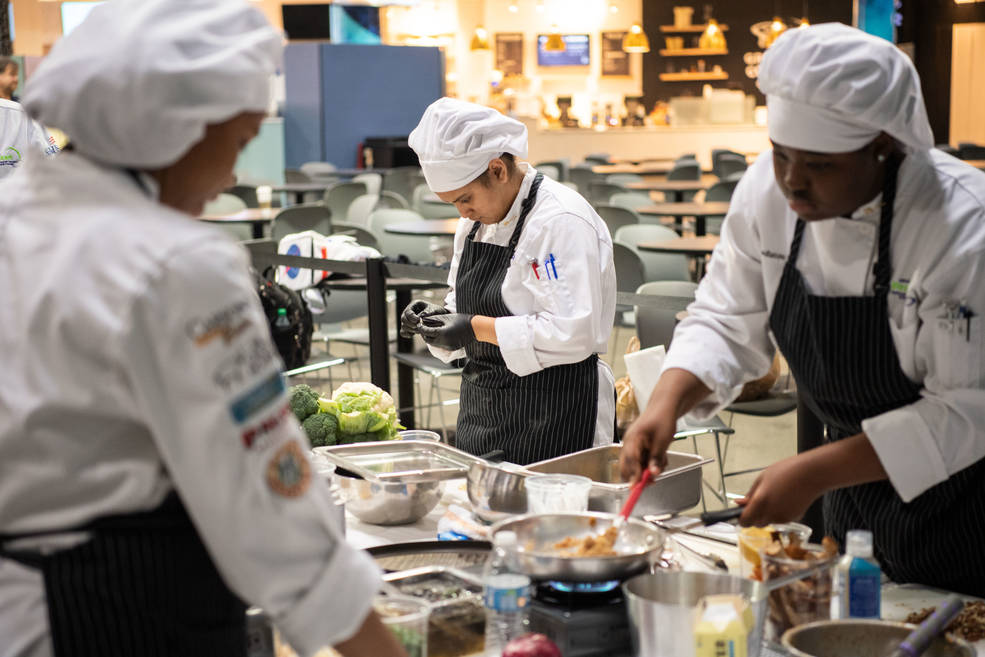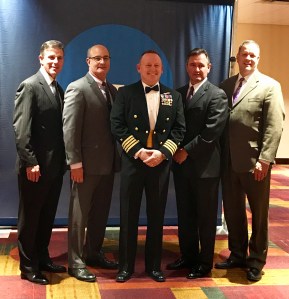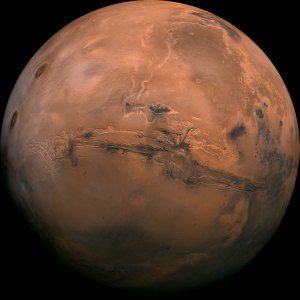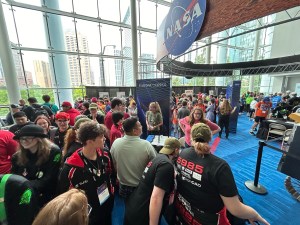Textbooks teach concepts, but hands-on learning is the pathway to understanding, especially in careers that involve science, technology, engineering and math, or STEM. Connect that to real projects on the International Space Station and you’ve got NASA’s HUNCH (High school students United with NASA to Create Hardware) program.
The sheer excitement of creating solutions for astronauts on the space station, has been inspiring high school students interested in STEM careers for almost 20 years.
Recently, student teams from all over the country gathered at NASA’s Johnson Space Center to present ideas in six categories to see if they were chosen to fly to the station. Those categories include design and prototyping, software, hardware, sewn flight articles, culinary, and video and media.
Six teams of students mentored by staff at NASA’s Glenn Research Center competed as finalists in the design and prototyping category, and two teams in the culinary category.
The Design and Prototyping HUNCH Program is a way for students to develop innovative solutions to problems posed by life on the International Space Station. Many of the projects are items personally requested by the crew to help ease living conditions aboard the space station, giving students the opportunity to really make an impact on the lives of astronauts.
“HUNCH provides real life experience to students by having them do the same work that is done at NASA– designing, building and testing flight hardware,” said Nancy Hall, Glenn’s HUNCH project manager. “Something people may not know is that a lot of these student-made items are flown to the space station.”
Some of the student-made items on the space station today include specially designed storage lockers that required detailed size and construction requirements. Students studying sewing and fabric helped design and build specialized slippers and new sleeping bag liners for the crew.
In this year’s Design and Prototyping competition, projects from teams in New York, Ohio and Wisconsin included scientific entries such as crystal growth and fungus nanolab experiments as well as an asteroid augmented reality simulator and lunar supply pod airlock. All finalists are winners in this category and eventually NASA will combine some of the ideas and build final projects.
The Culinary Challenge develops food items for astronauts aboard the station. Students create new dishes, considering food processing procedures and nutritional requirements to meet the standards of the NASA Johnson Space Center Food Lab. The winner gets their entrée packaged and added as a menu item for the astronauts to select to eat on the space station.
Menu items from this year’s winning team from New Jersey included steak, asparagus, and egg and pistachio dessert, while the second-place team proposed a menu for Tandoori chicken, vegetable curry, and lemon cake.
“To have the chance to cook for NASA and meet the important people that I did during the competition, is something I will remember for the rest of my life,” said Shamiayah Payne, a member of one of the culinary teams from Ypsilanti, Michigan. “Ever since I was a kid, I was inspired by astronaut Mae Jemison to do something out of this world.”
Since 2014, NASA Glenn has been providing mentors to teams in all the challenge categories. This year, Glenn experts met with 24 teams regularly via online platforms and provided materials to build hardware as well as advice on how to prepare for final reviews.
Nancy Smith Kilkenny
NASA Glenn Research Center




























